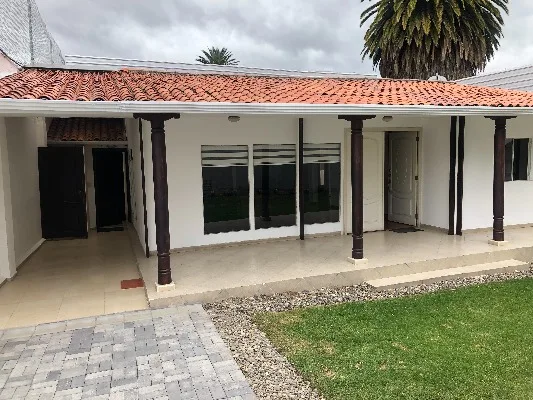EXPLORING ECUADORReflections from a visit to Ecuador: climbing Cotopaxi, Cuenca’s architecture, too much traffic, melting glaciers
Editor’s note: Steve Pomerance, a former Boulder, Colorado city council member, describes his first visit to Ecuador in an article in the Boulder Daily Camera.
I just returned from a great trip to Ecuador. It was my first visit there before, although I've traveled elsewhere in South America, including multiple trips to Peru (starting with the Peace Corps) and to Argentinean and Chilean Patagonia. Ecuador is a wonderful place to visit. The people, scenery, and accommodations are terrific, and the country, at least from a traveler's perspective, is well-managed and easy to deal with. And I have to say that the quality of the meat, seafood, eggs, vegetables, fruit and baked goods was superb — I looked forward to every meal.

The big event of the trip was a climb of Cotopaxi, a 19,347-foot volcano. My wife and I, with the assistance of a guide (mandatory allegedly) started at 1 a.m., after a sleepless night in a crowded refuge at just under 16,000 feet. After six-plus hours of mostly headlamp climbing (which produces its own version of motion sickness) using crampons up a glacier and through an icefall, we popped out on the sunlight summit to superb views of the crater, other snow capped volcanoes, and a huge panorama of country. The actual climbing was relatively easy, and the whole experience was really spectacular.
Quito, the capital, is a big city. Like Boulder, it has high hills on its western side, making orientation easier. Also like Boulder, it faces huge traffic issues, a result of growth due to population influx. Interestingly, their current airport, like Stapleton, is about to be closed due to encroaching development. The new one, like DIA, will be a long ways from the center of the city, leading to greater travel time and sprawl.
We also visited Cuenca, an attractive smaller city in the southern part of the country. Here the historic areas have been very well preserved, with superb examples of Spanish colonial two-story buildings, some with French influence, lined up one right next to the other. They must have put in place some height limits and other constraints to keep these areas intact, because there was no intrusion of taller or more "modern" buildings.
Cuenca has a river that runs near the center of town, with a beautiful linear park with bike paths and gathering places. It would be worthwhile for Boulder's planners, as they pursue the Civic Center project, to take a serious look at how this was handled. For example, the area is wider and more landscaped than the Boulder Creek area, and the nearby streets, bridges, walkways, etc. are much more attractively implemented. Their use of vegetation, stonework, tile and color makes us look pretty drab. As there is no building inside the area, it feels like a refuge from the urban density surrounding it.
A fascinating, if disturbing, aspect was the unmanaged sprawl that surrounds both Quito and Cuenca. Ecuador has a well-deserved reputation for the value it places on environmental preservation, including its national parks, and its focus on preserving Inca and other indigenous ruins. But development near the edges of the cities appears to have been allowed to run rampant with no attention to maintaining either agricultural or scenic values.
Probably the biggest unpleasantness in both cities was the traffic. As here, there does not appear to have been an adequate effort made to address the effects of growth on traffic congestion. And, as here, the impacts have shown up rapidly. Friends who were traveling with us remarked on the increase in traffic along the street in front of our hotel in Cuenca in the few years since they last visited. And we all noticed, with some alarm, how crossing streets felt like taking our lives in our hands.
Similar changes are occurring in many places worldwide, as affluence plus population growth is leading to massive increases in auto use, with attendant increase in consumption of carbon-based fossil fuels. Boulder is well on its way to a similar future, and unfortunately, there is little enthusiasm for taking the necessary and potentially politically difficult steps now, while there is still time and ability to address the problem.
Global warming, as evidenced by the shrinkage of the glaciers and more rapid ice movement on the big volcanoes, is also a concern there. So even this vacation didn't allow us to get away from the big problems our planet faces. But hopefully such trips provide new insights and enthusiasm for solutions.
Credit: http://www.dailycamera.com; photo caption: Climbing Cotopaxi.





















